A World Without Exceptions
The devastating consequences of the Dominican Republic’s absolute abortion ban
Standing on the threshold of her home, Niurki, 18, holds her fussy two-year-old baby boy in her arms and surveys the only landscape she’s ever known. The rusty tin roof on her weathered, pale yellow house barely offers protection against the elements. Niurki lives in San Cristobal in the Dominican Republic, a country that attracted seven million tourists in 2022 alone. But it also boasts one of the highest rates of teen pregnancies in Latin America, a consequence of several factors, including the total abortion ban in effect there since 1884.
Niurki didn’t want a baby. Her ex-boyfriend and the baby’s father, Carlos, left her the day that she found out she was pregnant. Niurki says she didn’t consider an abortion because of her Catholic faith. But it wouldn’t have mattered; the procedure was illegal anyway. So she had the baby, and, like 44% of teen moms in the country, eventually had to drop out of school to raise her now toddler. Today, Niurki is unable to work because she does not have access to childcare. Her ex is forced to pay child support, but it’s a paltry $35 per month. “I depend entirely on him,” she laments. “Most of the time, he’s late, and we’re left with nothing.”
“The worst,” she tells me, her voice still childlike, “is when I don’t have money for food or milk. I make some fruit juices to calm the baby’s hunger, but he keeps crying. It’s despairing.”
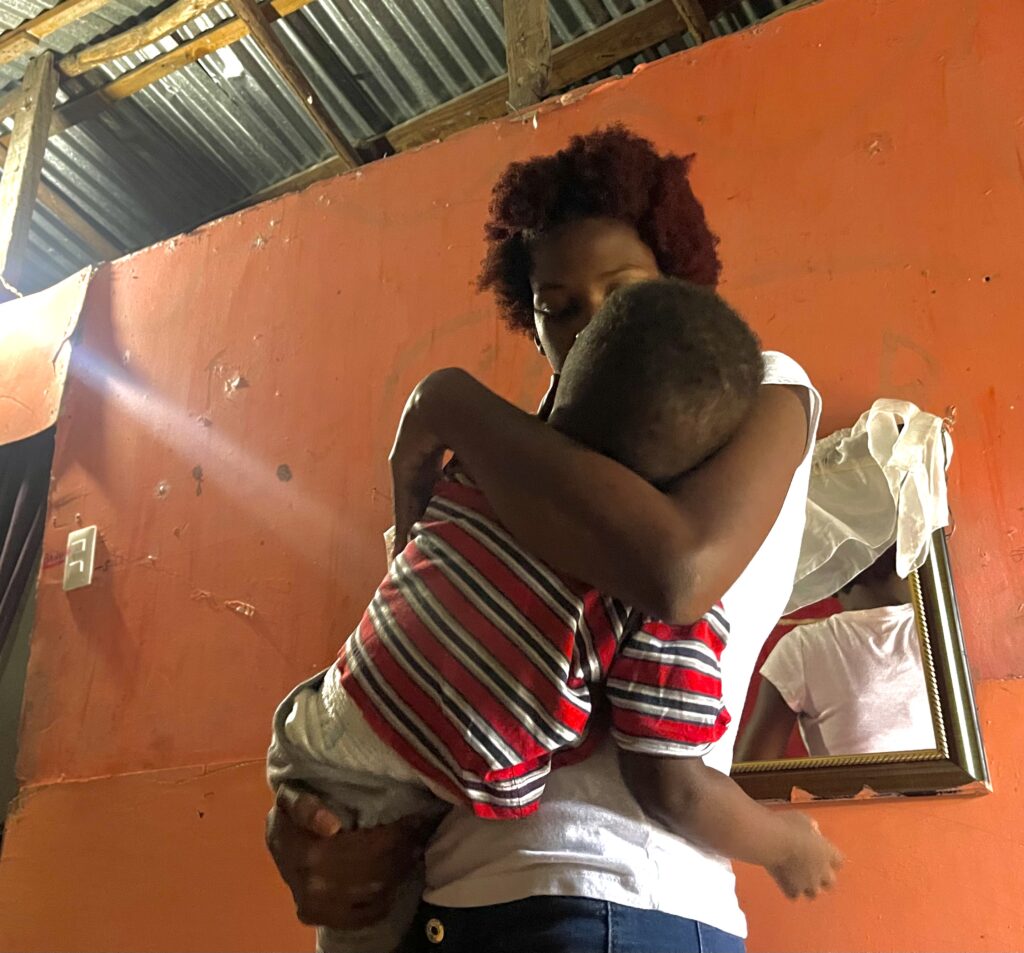
Niurki had never been taught about family planning, condoms, or birth control before she had her baby. Now a mother, she’s stuck at home, unable to make a living or pursue her studies. Today, Niurki supports activists who have been campaigning for decades for what they call “las tres causales,” or the three exceptions—measures that would lift the ban in cases of rape or incest, when the life of the mother is at risk, or when the fetus is not viable. President Luis Abinader had promised to support the three exceptions during his campaign, but he has failed to make good on those promises since he took office in August 2020. In July 2021, the Senate of the Dominican Republic voted 23-3 to support a criminal reform bill stripping out any language about the three exceptions.
The United States is months away from a 2024 election, in which the two leading Republican candidates for president and many of those running for Congress have vowed to pass a national abortion ban if they win. The dire situation for women in the Dominican Republic gives us a window into what that might mean for pregnant people here—including teenagers who are denied authority over their own bodies and their families.
No choices; devastating consequences
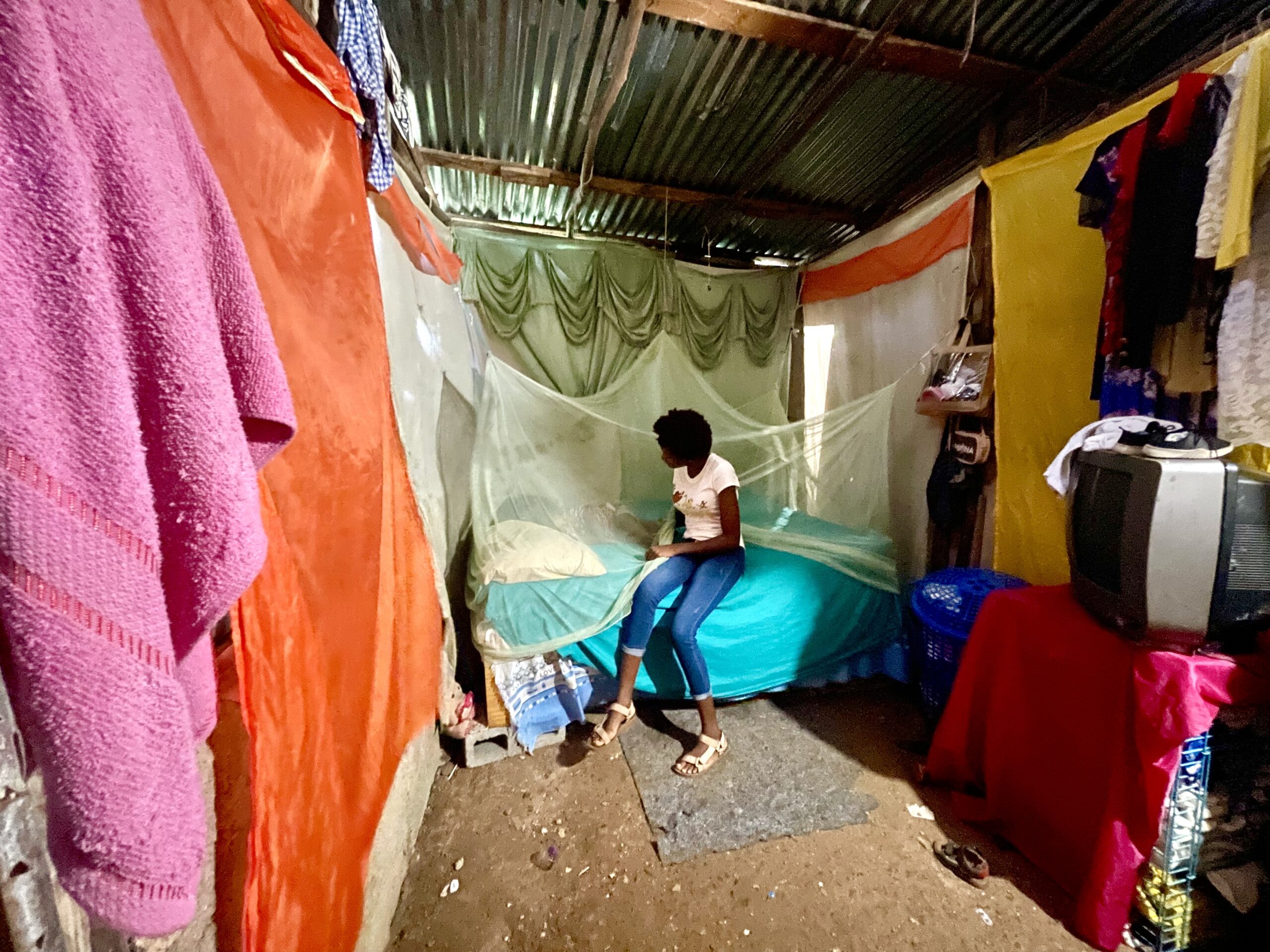
In the Dominican Republic, the responsibility for every aspect of reproduction—from preventing it to raising children—falls entirely on women. “Less than one percent of men use condoms,” Dr. Lilliam Fondeur, a gynecologist and activist, tells me during a conference on reproductive rights in Santo Domingo, the country’s capital. Sexual education in schools is practically nonexistent because, doctors say, even talking about sex is perceived as encouragement. And while contraceptives are theoretically available, 46 percent of women either don’t know about them, can’t afford them, or are reluctant to ask because they fear people in their communities will find out. However, sterilization is a common method of contraception in the Dominican Republic, particularly among women who are married or in domestic partnerships (30.5 percent), but 25 percent of women who opt for sterilization don’t understand the procedure is irreversible. “On the one hand, the government tells you not to abort,” Dr. Fondeur says. “On the other, it doesn’t provide the means to avoid pregnancies.”
And the punishment for trying to end an unwanted pregnancy is severe: In this fervently Catholic and conservative country, which bears a Bible on its flag, women risk six months to two years of jail time. Meanwhile, for health professionals like Dr. Fondeur, the punishment for helping someone terminate a pregnancy is between five and 20 years of imprisonment. “Professional secrecy isn’t worth a damn,” Dr. Fondeur says. “You can go to jail even for only providing information. You don’t want the woman to die, but you have no alternatives.” As a result, she says, “twenty percent of teenage girls, mostly from rural and lower-income populations, are mothers. [In too many cases], they have babies with men up to 50 years older who tend to abandon them by the time they’re 18.”
But bans on abortion do not reduce the need for them. The Dominican National Health Institute estimates at least 100,000 illegal procedures occur per year. At least eight percent of all maternal deaths are estimated to be the result of those who tried to terminate their pregnancies but died from infections and bleeding, and around 25,000 more women are hospitalized every year as a likely result of unsafe abortion.
“Professional secrecy isn’t worth a damn. You can go to jail even for only providing information. You don’t want the woman to die, but you have no alternatives.”
And as in the U.S., the consequences of criminalization are also dire for those with wanted pregnancies. Damaris, a 31-year-old Dominican woman of Haitian descent, experienced terrible pain in her abdomen 16 weeks into her third pregnancy. Her sister Juliana told me she took Damaris to more than five different hospitals and clinics—all of which claimed they didn’t have the means to perform a sonogram, something Juliana later learned was not true. In an apparent effort to avoid abortion, “they went as far as to pretend the baby was still alive when she was, in fact, dead,” she says. With the dead fetus inside her for several days, Damaris went septic and ultimately died in great pain. “She left a son who, because of her death, has refused to go to school ever since, a daughter who tried to cut her veins and survived but still has no friends,” Juliana says, “and a father who succeeded in committing suicide after various attempts.”
Those stories are everywhere in the Dominican Republic. When Rosa Hernandez’s daughter, Rosaura, began suffering from high fevers and getting bruises all over her body at 16, Rosa brought her to Santo Domingo hospital. There, on July 2, 2012, she was told that her daughter was four weeks pregnant. What she wasn’t told was that Rosaura had a deadly and fast-moving form of leukemia and needed urgent chemotherapy that was denied to her because of her pregnancy. She was suffering but wasn’t prescribed painkillers—also allegedly to protect the fetus. “Get me out of here! They’re going to kill me!” Rosaura told her mother. Rosa begged the doctors. “I humiliated myself. I went on my knees,” she remembers. Rosaura was only given chemotherapy on July 26—three weeks after her diagnosis—and died less than a month later on Aug. 17.
There is only one organization in the country—the Colegio Médico Dominicano—that, alongside other mandates, protects women inside hospitals where this kind of obstetric violence is rampant. Francisca Peguero, an advocate for the Colegio Médico Dominicano, told The Meteor that if women arrive bleeding because they tried to provoke an abortion or have an infection, hospitals treat them without painkillers. “They are guilted and singled out in the eyes of the community,” Peguero says. “When a woman dies giving birth, there are no investigations; it’s simply filed as internal bleeding.” She tells me about one of the most painful cases she’s seen in her 30-year career: a 14-year-old girl with a banana stuck in her uterus, the only method she had thought of to abort. The girl had been reported to the authorities by her own mother, and when she was taken to the hospital bleeding, policemen were waiting for her in the next room. Later, Peguero found out the girl had died from her injuries and that her pregnancy was the result of incest.
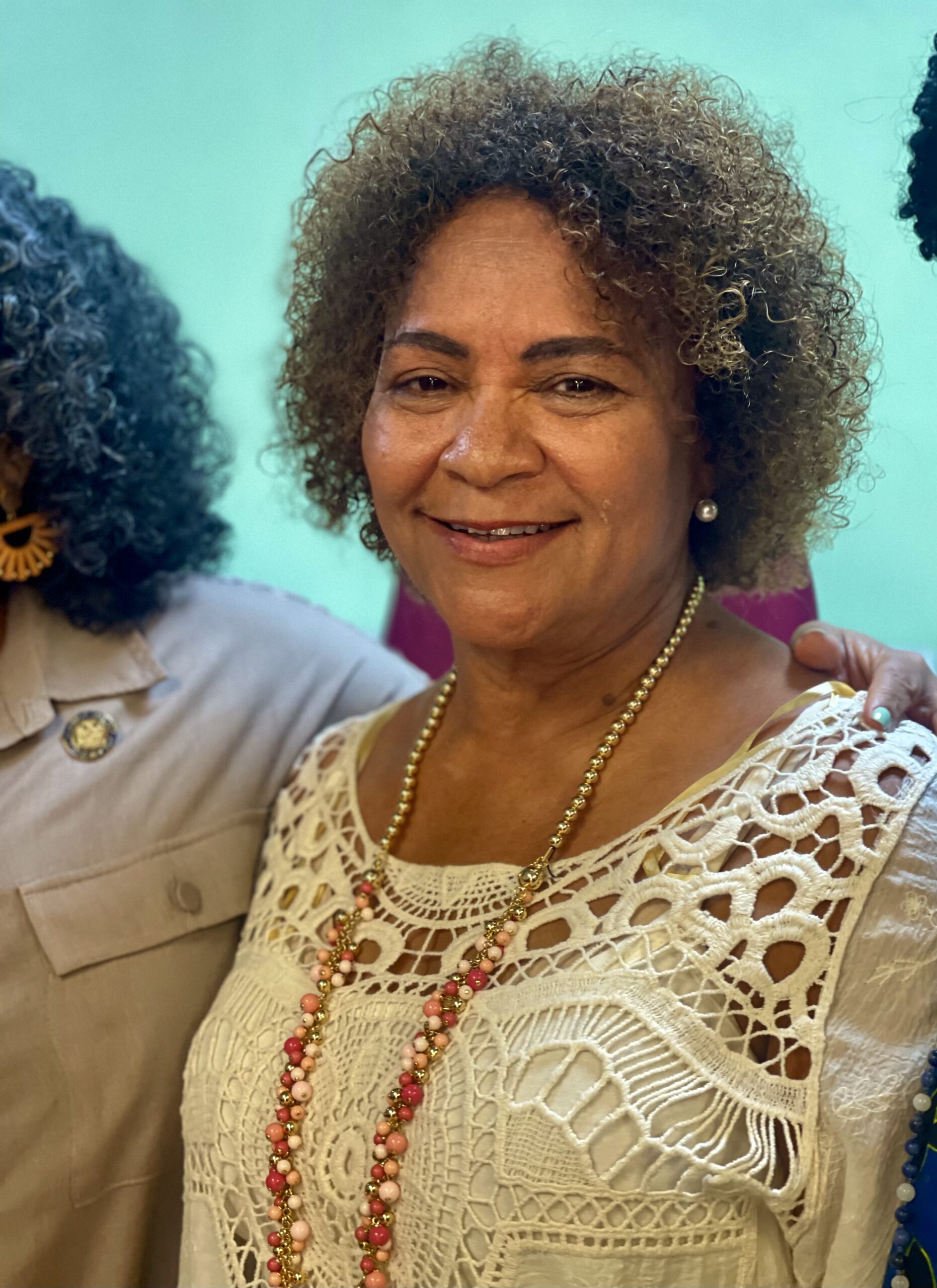
In Estebenía, a couple of hours west of the capital, Dr. Jaime Calderon runs a modest, rural health clinic. Dr. Calderon, a bold, bespectacled man in his 40s, doesn’t like to discuss abortion, but he admits to treating girls who have tried to end their pregnancies. “They use ancestral herb beverages to induce abortion, or they introduce objects in their uterus, give blows to their abdomen, or take harmful medications,” he says.
Clandestine clinics practicing safer abortions charge 500 US dollars—an exorbitant fee when the monthly minimum wage here is 250 US dollars. The safe abortion drug misoprostol is available on the black market (and, because it’s prescribed to fight ulcers, in select pharmacies), but it is also cost-prohibitive. “Meanwhile, the church keeps preaching abstinence,” Dr. Calderon says. “Imagine that! Abstinence in the DR!”
Performing a miracle
Nonetheless, advocates continue to push for change. And, as a young mom, Niurki joined Conamuca, The National Confederation of Country Women, in San Cristobal, the region with the highest rate of teen pregnancies and child marriage. The feminist NGO strives to teach and give a voice to girls 13 to 17. “On average, they start their sexual lives at age 12 without information about planning or sexually transmitted diseases,” says Lydia Ferrer, one of the program leaders.
At the Conamuca Center, a large group of Black teenage girls sit in a circle under a thatched roof and a single fan hanging from the ceiling. A green banner in support of women’s health has been set on the floor, surrounded by offerings of bananas, beans, tomatoes, onions, squash, and carnations. Ferrer nods proudly as she listens to “her” girls presenting their research on the prevention of domestic violence. Indeed, everyone here sounds assertive—joyful, even. “Teaching feminism is like performing a miracle,” Ferrer says. “Educating these girls about reproductive rights and their integrity in general is saving their futures.”
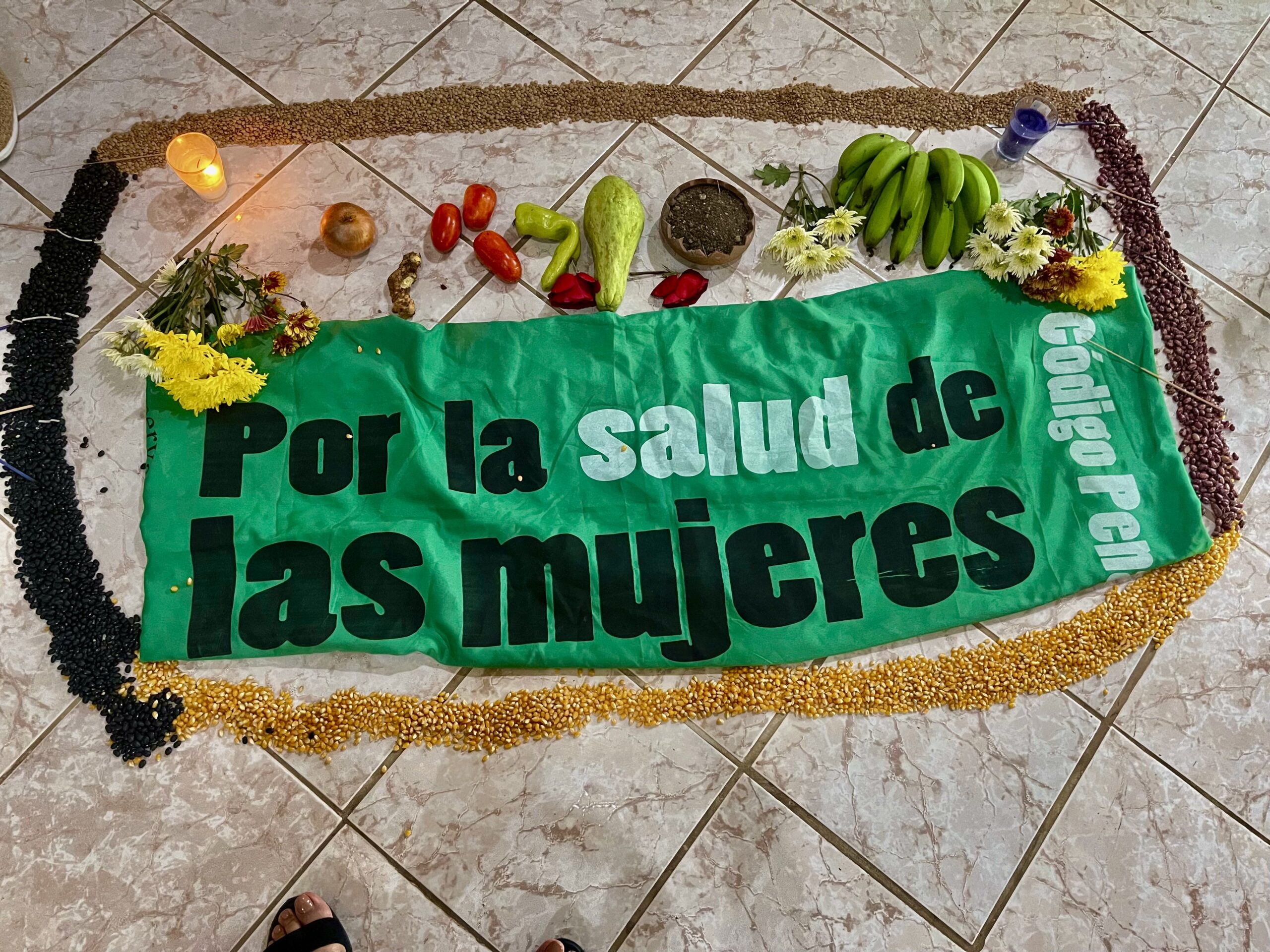
Ariana, 18, considers herself lucky: Ferrer is her mother. As a young girl, she went with her to visit vulnerable communities. She heard stories of incest pregnancies in which the girls didn’t even know that what was done to them was wrong. Most households were managed by single women, and it was often mothers who sold their daughters into forced marriages or unions out of poverty. It still is. “The man goes and promises a cow, a truck, or money, rarely more than 500 USD. But they never deliver; they say she’s not a virgin anymore. What is the community going to say?” Ferrer says. “The new family turns them into maids. When they get pregnant, they can’t have an abortion, so they are sent back to the parents who sold them in the first place—without an education, with one or two babies, and without a penny to their names.” Ariana witnessed how difficult it is to convince grown-up women that educating their daughters is a better investment than selling them off. “But to induce change,” she points out, “it’s easier to educate ten-year-old boys than to change the mind of fifty-year-old women. ”
It’s 4 p.m., and the baby finally falls fast asleep in Niurki’s arms, despite music blasting from a neighbor’s stereo. A drunken pair in their 40s is dancing Bachata at a makeshift bar next door. Niurki puts the baby down, and her mother, Yeimi, tells me that she, too, had her first baby at age fifteen. “What Carlos, Niurki’s ex-boyfriend, did was pure evil,” she says, barely containing her indignation. “In our patriarchal society, it’s a brag to get a teenage girl. He had no intention to stay with her or the baby. He defiled her. Like we say here, a fly doesn’t eat the meat, but it wastes it. The idea is that no one else will be her first.” Outside Niurki’s house, a truck swivels its way around the giant potholes on the unpaved road with two large stickers that say God loves you and Jesus is coming. Niurki waves to a girl who lives across the path from her. “She’s sixteen,” Niurki says. Sitting on a red plastic chair, the girl is holding her own baby. She wears a fitted bright pink dress. She looks bored and annoyed, as if she was meant to go to a dazzling prom and was left to nurse a baby instead.
But Yeimi smiles, displaying a gap between her two front teeth; she is hopeful. Thanks to Conamuca and the education Niurki receives there, Yeimi is now confident her daughter will make it. Niurki currently attends school on Saturdays and vows to become a psychologist. Yeimi, too, is in school, training to graduate as a nurse; she wants to inspire her daughter. Right now, she works as a health promoter, climbing mountains and crossing rivers to spot potential teen pregnancies in remote communities. “I tell girls we have immense weaknesses, but we also have immense strength because we have suffered…we have weathered so much injustice, now we can stand strong. We’re studying, we’re rallying, demanding information, and getting economically independent. We are a new generation of feminists for the Dominican Republic.”
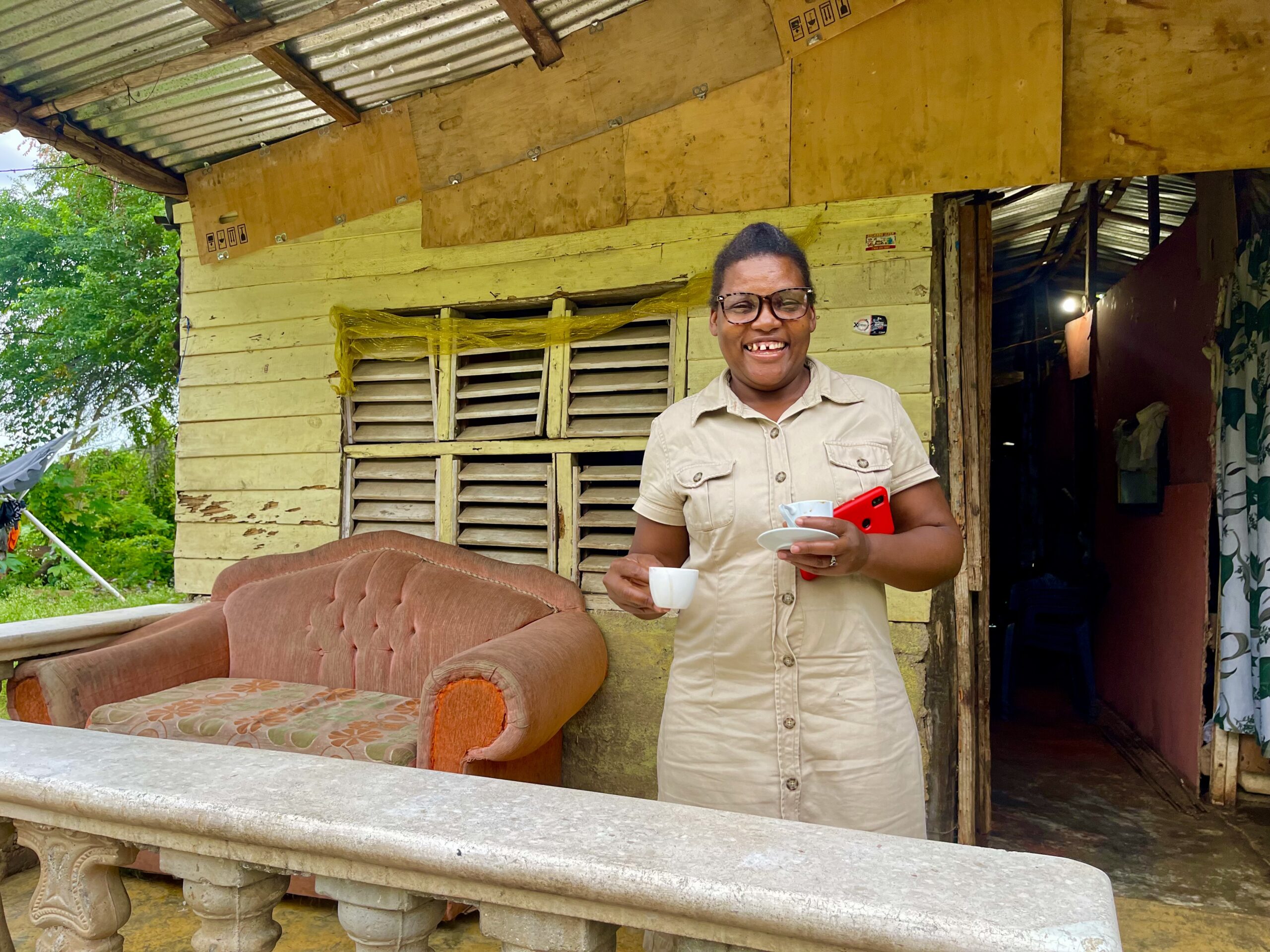
With municipal elections scheduled for February 18th and Congressional elections in May, Dr Fondeur stresses that in the Dominican Republic, violence doesn’t only come from patriarchy and machismo. “The worst and deepest violence is structural, it comes from the government politicizing abortion without consideration for women’s rights or for our health.” In watching the recent turn of events regarding abortion in the United States, Dr. Fondeur says, “ If the U.S. votes for a total abortion ban, we stand no chance of changing the law here,” she says. “We’ve always looked up to our neighbor, and now we’re scared.”
Mariane Pearl
Mariane Pearl is an award-winning journalist and writer who works in English, French and Spanish. She was most recently the managing editor of CHIME FOR CHANGE, and is the author of the books A Mighty Heart and In Search of Hope.